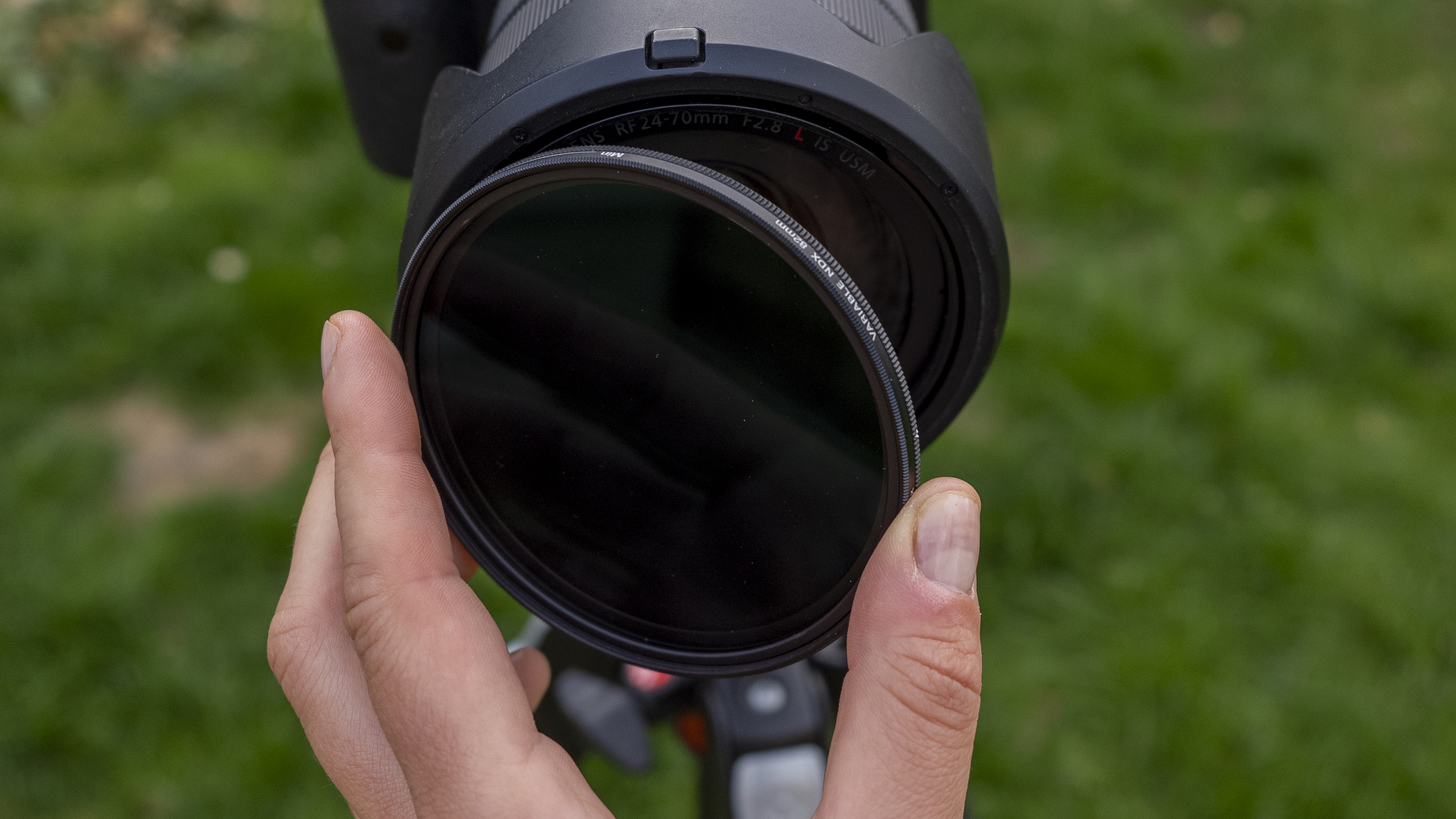
There are as many creative filters out there for photographers as there are photographic applications, and each new filter to the market promises to do something different or better than the last. The best variable ND filters reduce the light entering your camera, slowing down exposures for expressive movement, or balancing scenes with different light levels.
Variable neutral density filters are my go-to for achieving wide apertures in super-bright situations like the midday sun because I can control the amount of light entering the camera and still create a shallow depth of field. And that's not something I can fix or add in post-production.
The Pro1D Smart Variable NDX filter offers densities between ND3 to ND3. You can change the strength infinitely by rotating the filter, and vary the light entering the camera from a minimum of 1.5 to a maximum of 9 stops. As an entry-level option, it's not got the coatings and glass kudos of more expensive options like the Urth ND1000 and the largest size you can get is an 82mm thread. However, it makes a great starting point for landscape and portrait photographers who want to start experimenting with long exposures.
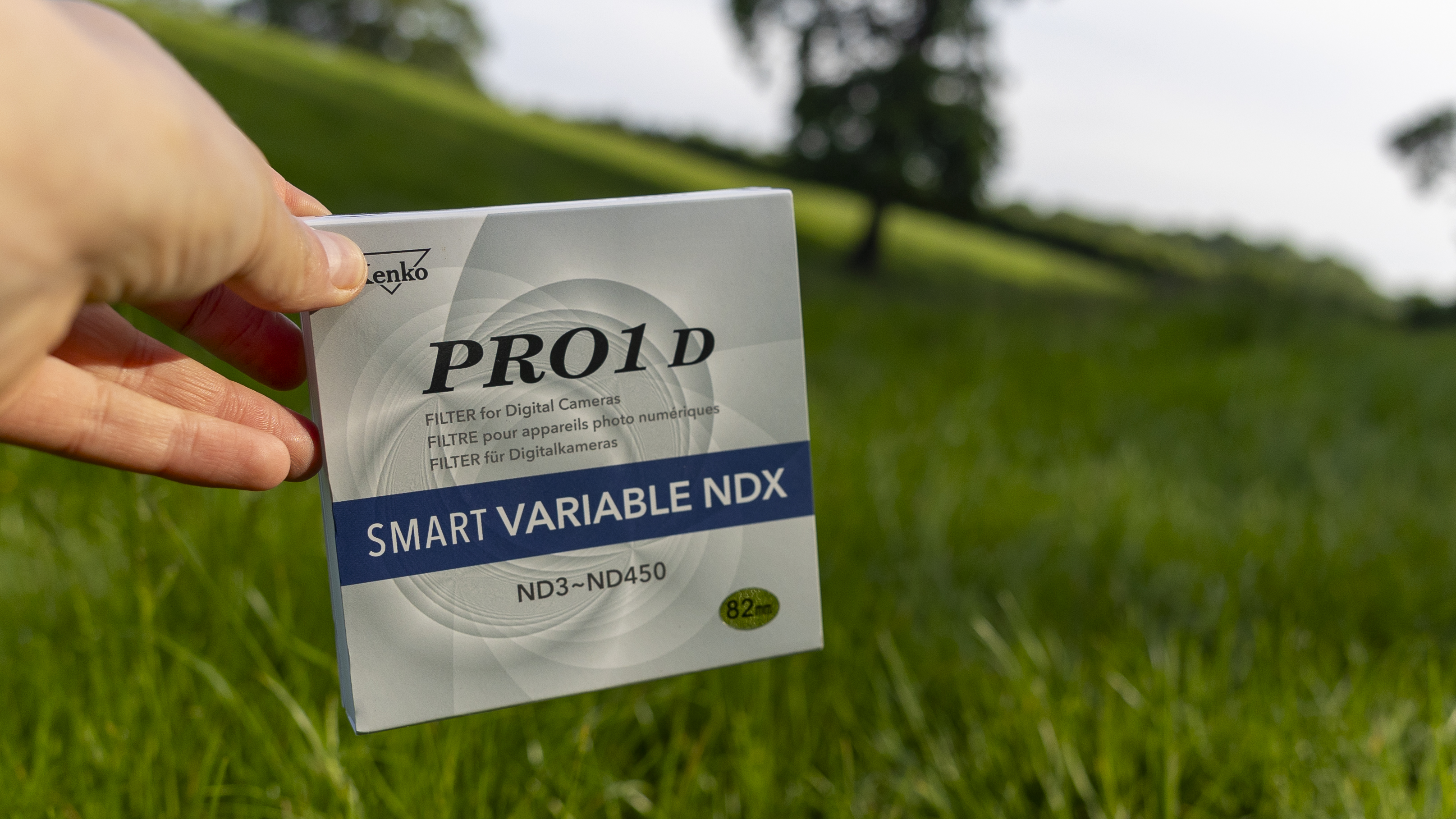
Confusingly this filter isn't part of Kenko's Instant Action range, which has a magnetic adapter to allow the quick switching of magnetic filters in the field. It has the same NDX3-450 filter as the Kenko Pro1D+ NDX3-450+C-PL I've previously tested but without the built-in polarizer. I thought that filter was a jack of all trades, and that a solo ND option would have been better than a combined product. So Kenko has almost answered my wishes with the PRO1D Smart Variable NDX, and I was eager to see how the traditional screw-on design would compare to a magnetic or slide-in alternative.
I've had the largest 82mm filter in my bag for over a month now, screwing it onto my Canon RF 24-70mm f/2.8L IS USM lens every time I've wanted to slow down the exposure – either for extended exposures or shallower depths of field beyond what the ambient light allows. If you're looking for one of the best variable ND filters, read on to find out whether the Kenko Pro1D Smart Variable NDX filter makes the cut, and if so, whether it's the right cut for you.

Kenko Pro1D NDX3-450 filter: Specification
Kenko Pro1D NDX3-450 filter: Price
None of the filters in Kenko's Pro1D (and magnetic Pro1D+) range are particularly expensive, which is just as well given they come in basic plastic cases and offer few real "features" worth paying a premium for. The Smart Variable NDX filter costs between $30/£30-$45/£45, depending on the thread size you need, which is on the budget side for adjustable ND filters.
Unlike the Kenko Pro1D+ UV filter and its water-repellent, anti-reflection, and anti-stain coatings – something you need on an everyday filter – Kenko doesn't mention any coatings on the Pro1D NDX3-450. By contrast, the LEE Elements Variable ND filter has anti-reflective, hydrophobic, and oleophobic coatings to resist fingerprints, but then you're looking at a price around six times as much. For such a steep investment, I'd rather be extra careful not to touch the front of the filter.
I don't know what the glass is, either, so you can assume it isn't German-made SCHOTT. I don't want to sound too disparaging, though. The Pro1D smart Variable NDX is keenly priced for its target market of hobbyists.
Kenko Pro1D NDX3-450 filter: Design & Handling
The Pro1D NDX3-450 filter comes in an unassuming gray cardboard sleeve that's worlds away from the bright, cheerful Kenko Pro1D+ range. But let's not judge a book by its cover, or a filter too harshly by its packaging. It comes well-protected in a hard, square plastic case, and inside this, there's a perfectly sized hole cut for slotting the filter into so that it doesn't rattle around in transport.
If I was being picky, I found the filter case hard to open, and imagine it being more so when you're shooting an early landscape with cold hands, or wearing gloves. The upside is that the case shuts securely, and there's little chance of it coming open in your bag and the filter getting scratched by the contents. It isn't labeled either, so if you have several of these cases in your bag you might find it hard to tell between them.
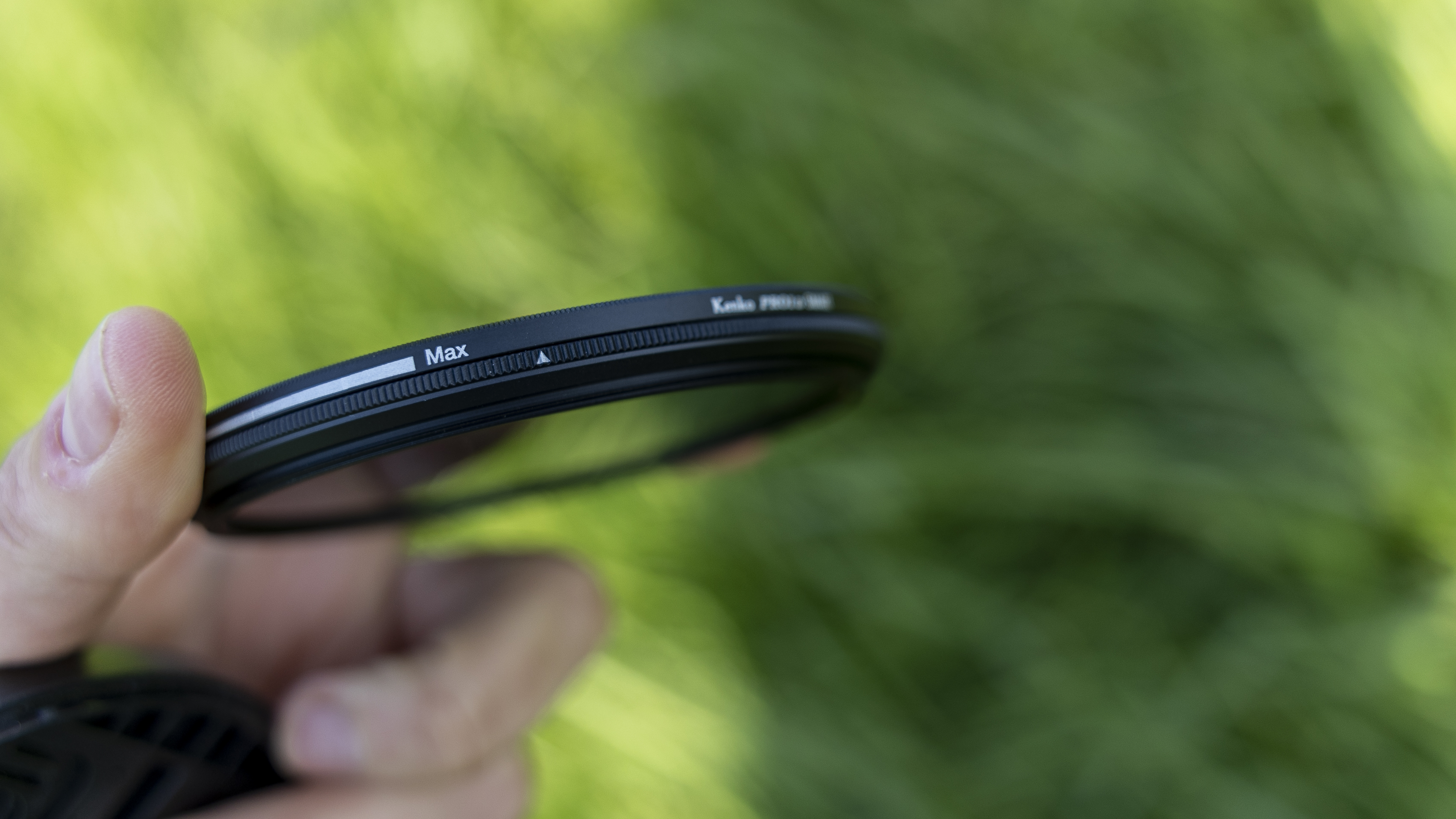
Physically, it's much slimmer than the Pro1D+ CPL ND, which must be because it doesn't have to incorporate a polarizing filter into its dimensions. On immediate handling, I'd say that it felt sturdy, being made from a strong but still lightweight magnesium, which blended well on the end of my Canon RF lens. Mounting the filter was painless, which sounds strange to mention, but cheaper filters often have poorly machined threads that make them fiddly to screw on.
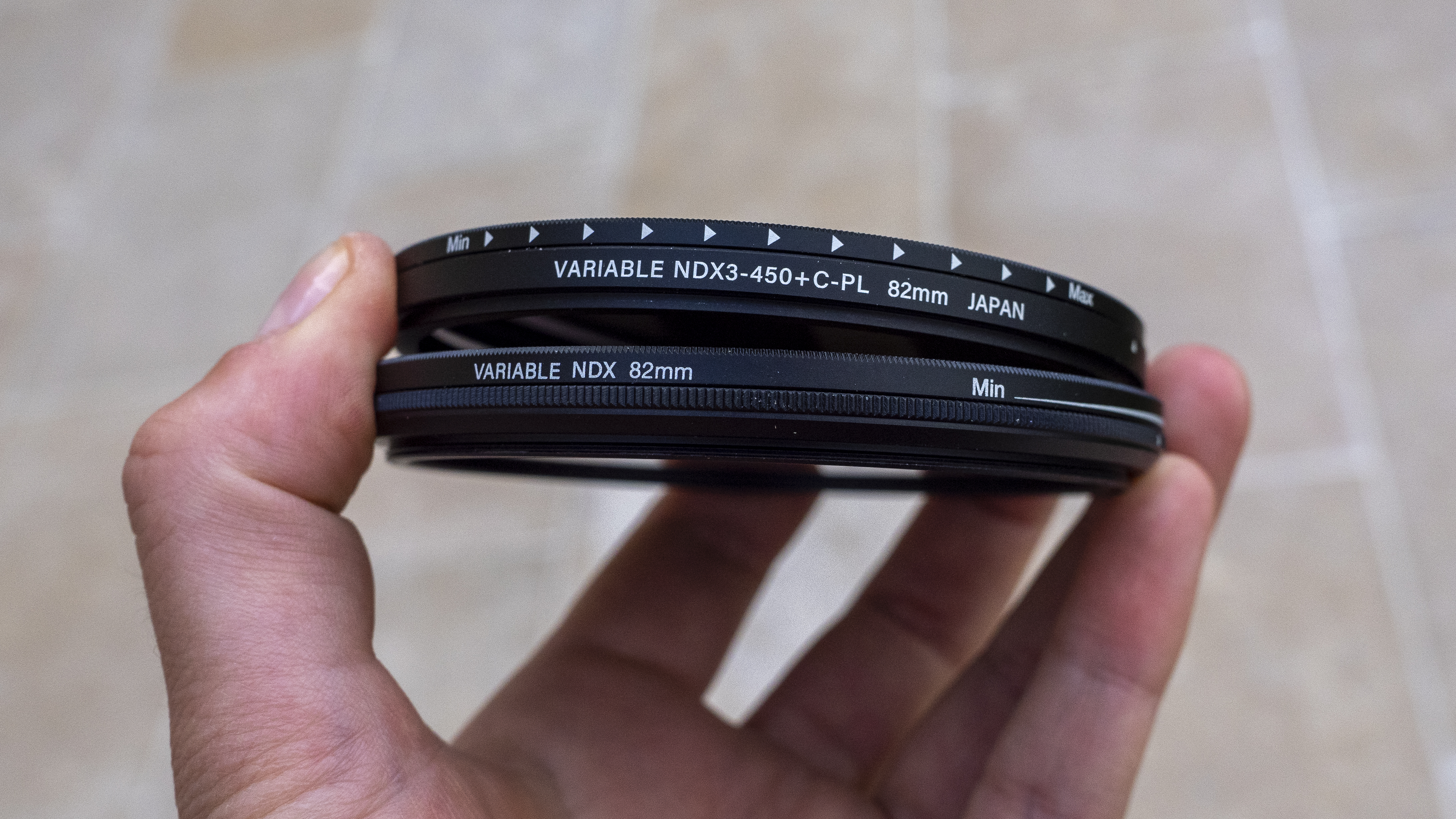
Once mounted, the filter rotated smoothly in a full 360-degree motion, and I was pleased that there wasn't any grating. There's some subtle resistance, which is what you want to avoid the filter moving during a shot, but just enough for the movement to feel smooth. Helpfully, there are minimum and maximum markings on the perimeter of the ND filter, and these are incredibly useful when trying to work out where you are on the density scale.
Where UV filters are usually designed to allow a lens cap to sit on the end, the Pro1D Variable ND filter wasn't compatible with my lens cap. This is a shame, as several times I took a shot, walked five or ten minutes to another spot, and had to take the filter on and off each time to put my camera in my bag. The filter has different sized diameters on its front and back, and I've since discovered that if you want to attach a lens cap, you'll need it to be one size larger than your lens' thread.
Kenko Pro1D NDX3-450 filter: Performance
While the Pro1D NDX3-450 filter is a simple, affordable variable ND filter, it still needs to deliver clear, sharp images that make the most of your lens' tech. I'm pleased to report that I couldn't spot any image quality issues when it was mounted. I tested the filter at a range of focal lengths with my telephoto and there was no noticeable vignetting (darker edges of the frame) or drops in contrast or clarity. Some ND filters can affect the color temperature and often run a touch cool, but I didn't notice any casts when using the Pro1D NDX3-450 either. The white balance was identical to control shots without it.

While you can theoretically darken your exposures in post-processing software, you can't slow the shutter speed and capture motion blur after the event. This is where the Pro1D NDX3-450 was key for me. I experimented with exposures between half a second to twenty seconds and was satisfied with the results.
For me, that's where this filter wins over a fixed-density option like the Urth ND1000 Filter Plus, even with its well-labeled case and 20-layer nano-coating. That being a fixed 10-stop ND filter, it can't offer you the more subtle light-blocking capabilities that the Kenko does. Being able to adjust the ND density infinitely from ND3 to ND32 makes it a very adaptable accessory in many environments, including if you're using it for video and need to stop down to a suitable shutter speed. And as you don't have to stack a set of ND filters, you won't get the vignetting that comes with that.

I used it a lot during bright sunshine to set a low ISO speed and take advantage of my lens's maximum f/2.8 aperture for a blurred background. During these daylight situations, being able to twist the filter and work in manual exposure mode allowed me to choose the balance of settings precisely, but given that the filter blocks light in real-time, a semi-automatic Aperture Priority mode also worked well.

When I used the filter near or at its Max setting, I noticed an X-shaped dark pattern in the frame. Kenko says that this is a normal effect, can't be prevented due to the filter's construction, and that adding a stopper would have made it less versatile for getting a wide range of densities. I was surprised by the dark, muddied effect at first, but it's not a problem or a defect of the product, and even more reason to use the handy markings on the filter's edge for guidance so that you don't use it past the maximum point.

Kenko Pro1D NDX3-450 filter: Verdict
Overall, I'm impressed with Kenko's Pro1D NDX3-450 filter. If a range of ND strengths is what you're after – to completely blur movement in your landscapes or just slightly affect the exposure to reach the optimum shutter speed in your video – then this filter does exactly what it's designed to do. And by doing away with coatings or fancy glass, it can be sold more cheaply than Lee or Tiffen equivalents.
The screw-on filter design offers a secure fit on the lens, and the ability to alter the ND strength with a gentle twist. However, the disadvantage compared to a slide-in filter is that you'll have to buy several duplicates if you want to use filter thread sizes on different lenses. As I generally have one workhorse lens this isn't a problem, nor will it be for many landscape shooters who stick to a single wide-angle. And the competitive pricing means you could still buy several filters for a fraction of the cost of the premium brands mentioned above.
Does the Kenko Pro1D NDX3-450 offer the same clarity you'd get for a filter five times the price? Probably not. But I'd say the difference in quality is entirely negligible unless you're a fine art photographer making a living from giant prints and image excellence. For most, it'll provide an easy way to tweak their exposures with minimal effort, time, and investment.
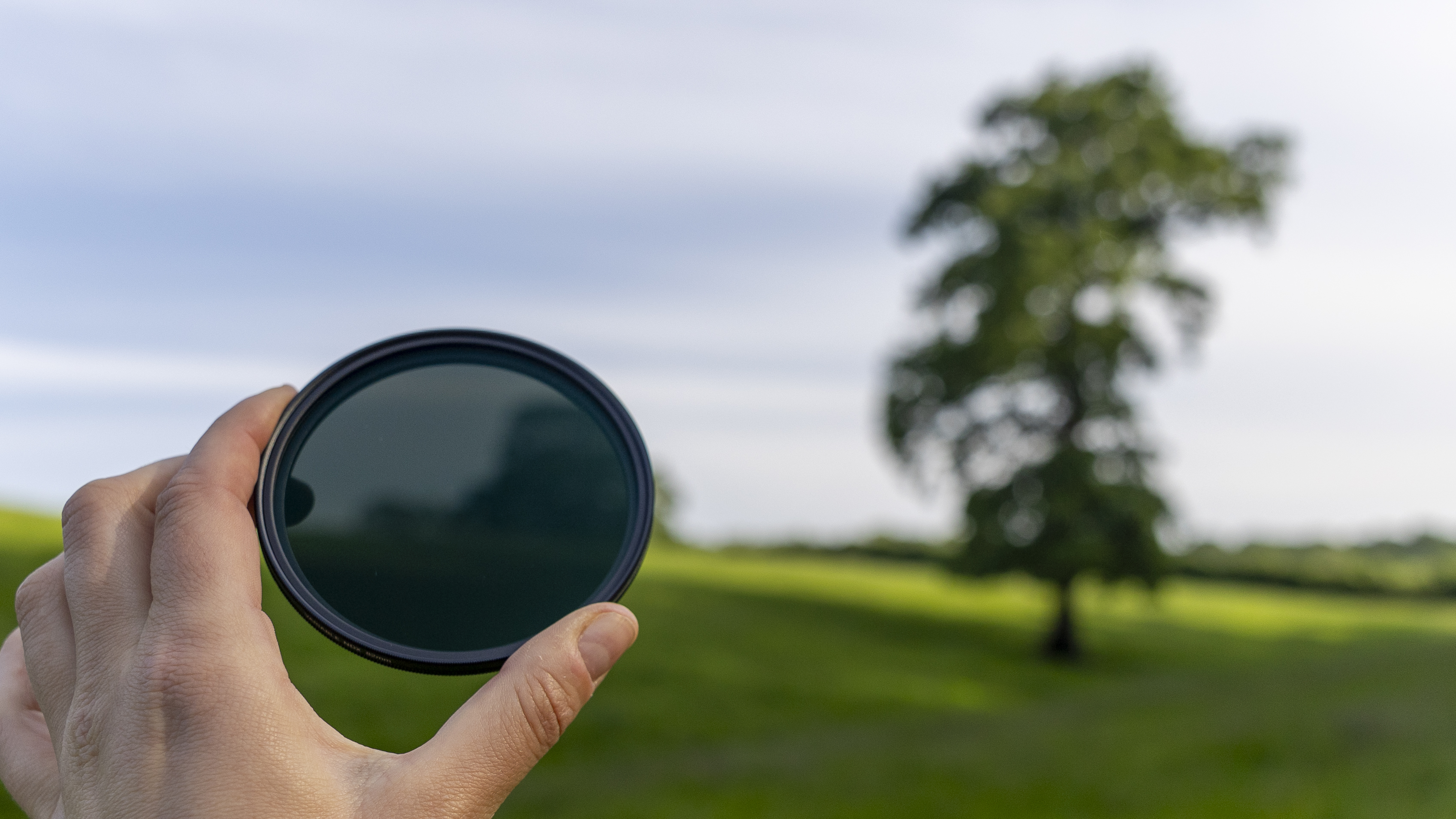
✅ Buy this if...
- You want a range of ND strengths in just one filter.
- You want to maintain a certain shutter speed when shooting video.
🚫 Don't buy this if...
- You're a professional in need of premium glass.
- You want a filter you can remove and attach almost instantly.







